Introduction
The world of culinary arts is vast and ever-evolving, with countless ingredients and dishes waiting to be explored and savored. Among these, pickled brake fern, or simply pickled ferns, stands out as a unique and flavorful delicacy that combines the earthiness of wild plants with the tangy zest of pickling. This article aims to provide a comprehensive guide on how to enjoy pickled brake fern, from understanding its origins and preparation to exploring various culinary applications and serving suggestions. By the end, you’ll be well-equipped to incorporate this intriguing ingredient into your kitchen repertoire and delight your taste buds with its distinctive taste.
Origins and Preparation of Pickled Brake Fern
Brake fern (Pteridium aquilinum), also known as common brake, is a perennial fern native to temperate regions worldwide. Its young, tender fronds are edible and have been a part of human diets for centuries, particularly in regions where they grow abundantly. The fronds are harvested in the spring, when they are fresh and vibrant, and can be prepared in various ways, including steaming, boiling, and pickling.
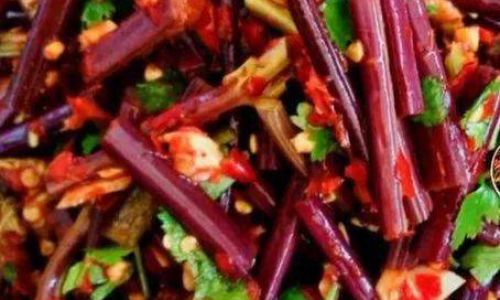
Pickling is a preservation technique that involves submerging food in a brine solution, often containing vinegar, salt, and spices, to enhance flavor and extend shelf life. Pickled brake fern is a traditional delicacy in many cultures, particularly in areas where ferns are a staple food source. The pickling process not only preserves the fern’s nutritious value but also adds layers of complexity to its flavor profile, making it a versatile ingredient for various dishes.
To prepare pickled brake fern, start by selecting fresh, young fronds that are free of damage and pests. Rinse them thoroughly under cold running water to remove any dirt or debris. Next, blanch the fronds in boiling water for a few minutes to soften them and destroy any enzymes that could cause spoilage. Once blanched, plunge them into ice water to stop the cooking process and maintain their vibrant green color.
Once cooled, drain the fronds well and pack them tightly into a clean, sterile jar. Prepare a pickling brine by combining vinegar, water, salt, and your choice of spices, such as garlic, mustard seeds, and dill. Pour the brine over the fronds, ensuring they are fully submerged. Seal the jar tightly and allow it to sit at room temperature for a few days to a week, depending on your desired level of tanginess. Afterward, store the pickled brake fern in the refrigerator, where it will keep for several months.
Culinary Applications of Pickled Brake Fern
Pickled brake fern’s unique combination of tanginess, earthiness, and crunchiness makes it a versatile ingredient that can be incorporated into a wide range of dishes. Here are some creative and delicious ways to enjoy it:
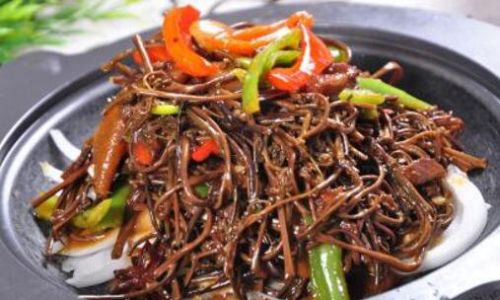
Salads and Side Dishes
Pickled brake fern adds a refreshing crunch and tangy flavor to salads. Try mixing it with fresh vegetables, such as cucumbers, tomatoes, and red onions, and dressing with a light vinaigrette. For a heartier salad, combine it with grilled chicken or shrimp and top with a creamy feta cheese dressing.
As a side dish, pickled brake fern pairs well with roasted vegetables or grilled meats. Its tangy flavor complements the sweetness of roasted carrots, beets, and potatoes, while its crunchiness provides a delightful textural contrast.
Sandwiches and Wraps
Incorporate pickled brake fern into sandwiches and wraps for a burst of flavor and crunch. It works particularly well with turkey, chicken, or tofu, and can be combined with avocado, lettuce, and a spread of creamy hummus or pesto. For a more adventurous twist, try making a pickled brake fern and bacon sandwich, where the tangy ferns complement the smoky, savory flavor of bacon.
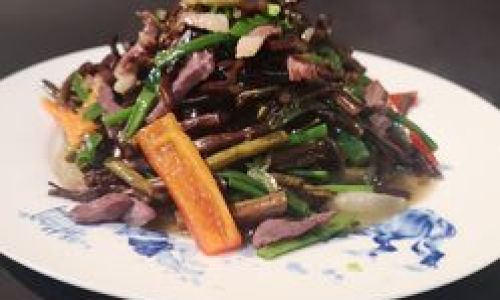
Soups and Stews
Pickled brake fern adds depth and complexity to soups and stews. Its earthy flavor pairs well with hearty ingredients like potatoes, beans, and meats. Try adding it to a vegetable soup or a hearty beef stew for a unique and delicious twist. The tanginess of the pickled ferns will help balance out the richness of the broth and the other ingredients.
Appetizers and Snacks
Pickled brake fern can be used to create delightful appetizers and snacks. For example, serve it as a topping for deviled eggs or stuffed mushrooms. Its tangy, crunchy texture adds a delightful contrast to the creamy filling of deviled eggs and the earthy flavor of mushrooms.
Alternatively, make pickled brake fern chips by spreading them out on a baking sheet and baking until crispy. These chips can be served as a standalone snack or as a garnish for dips and spreads.
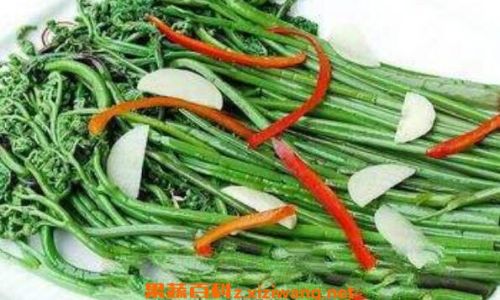
Main Courses
Pickled brake fern can also be a star ingredient in main courses. For example, incorporate it into a stir-fry with tofu, shrimp, or chicken and serve over a bed of rice or noodles. The tangy, crunchy ferns will add a delightful contrast to the savory, umami-rich stir-fry sauce.
For a more adventurous main course, try making pickled brake fern and pork tacos. The tangy ferns will complement the rich, savory flavor of pork, while the crunchiness will provide a delightful textural contrast to the soft tortilla and toppings like avocado, cilantro, and lime.
Serving Suggestions and Tips
When serving pickled brake fern, consider its unique flavor profile and texture. It pairs well with creamy, rich foods like dairy products, fats, and starches, which help balance out its tanginess and crunchiness. Experiment with different spices and herbs to enhance its flavor, such as garlic, mustard seeds, dill, and thyme.

When incorporating pickled brake fern into dishes, remember that it is already seasoned with vinegar and salt. Adjust the seasoning of the dish accordingly to avoid over-salting or over-acidifying.
Finally, consider the presentation of your dish. Pickled brake fern’s vibrant green color and crunchy texture make it an eye-catching addition to any plate. Arrange it thoughtfully to highlight its visual appeal and enhance the overall presentation of your dish.
Conclusion
Pickled brake fern is a unique and delicious ingredient that offers a delightful combination of tanginess, earthiness, and crunchiness. Its versatility makes it a great addition to a wide range of dishes, from salads and sandwiches to soups, stews, and main courses. By exploring the various culinary applications and serving suggestions outlined in this article, you can incorporate pickled brake fern into your kitchen repertoire and delight your taste buds with its distinctive taste. So, why wait? Start pickling your brake ferns today and enjoy the culinary adventure that awaits!
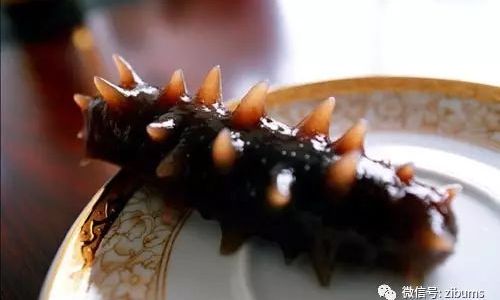
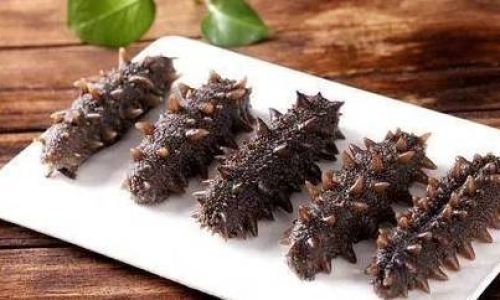
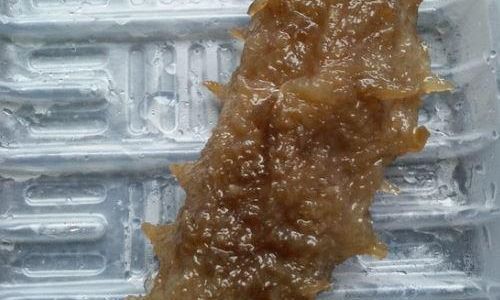

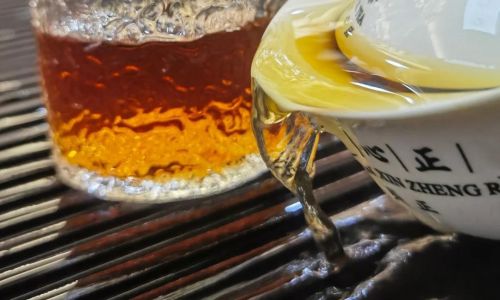
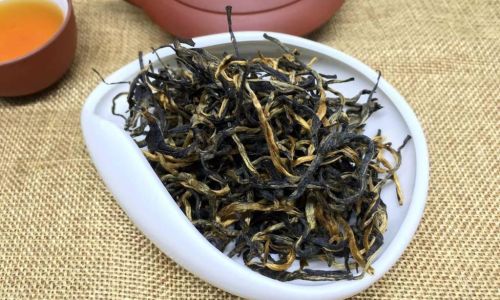
0 comments